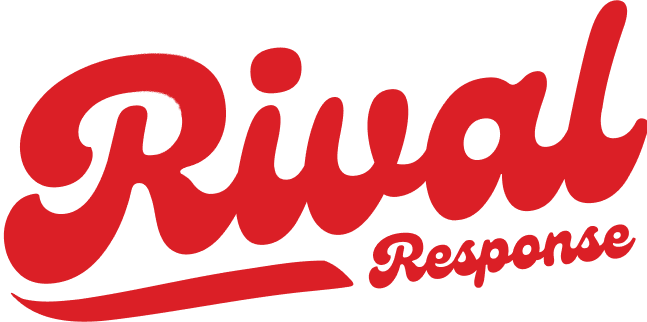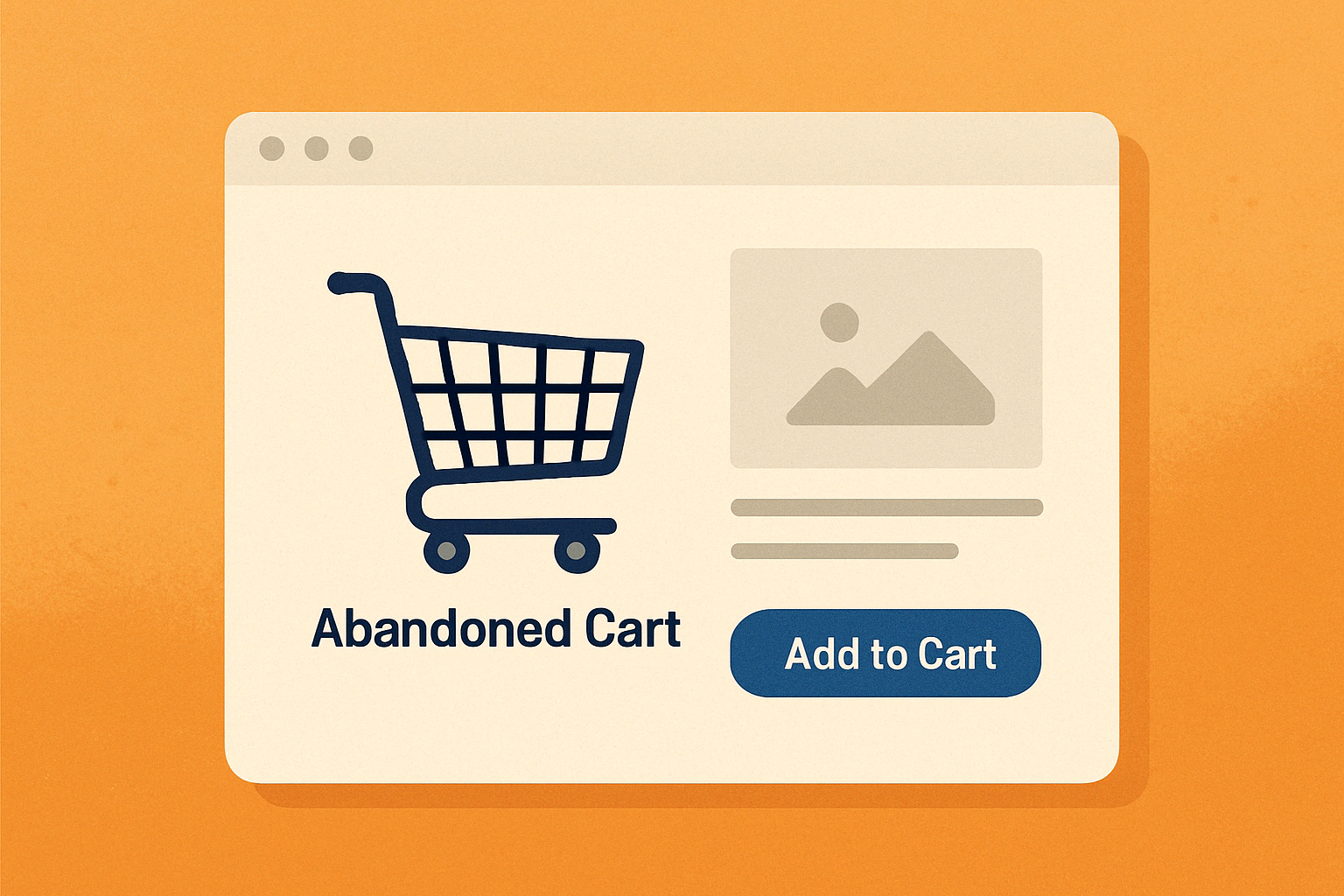Why Email Marketing Still Works
Despite the rise of social media, email remains one of the most effective channels for customer engagement. It’s personal, direct, and versatile. You can announce product launches, share educational content, send personalized offers, or invite subscribers to special events. In the cannabis sector, where social platforms may restrict or ban promotional posts, email is often the most reliable way to connect with your audience.
Key Advantage: You own your email list, meaning you’re not at the mercy of changing social media algorithms. As long as you follow compliance rules, you can consistently reach your subscribers.
Building a Quality List
A successful campaign starts with a solid subscriber base. Rather than buying third-party lists (which can be inaccurate and legally problematic), focus on attracting sign-ups organically. Use website pop-ups, promotional events, or in-store sign-up sheets—always making sure you obtain explicit permission to send cannabis-related content.
Pro Tip: Incorporate a double opt-in process to ensure your subscribers are genuinely interested. Also, be upfront about the kind of content they’ll receive—discounts, educational articles, new strain announcements, etc.
Segmenting Your Audience
“Spray and pray” doesn’t cut it in cannabis email marketing. Consider dividing your email list into segments based on behavior or demographics. For instance:
- New Customers: People who’ve just signed up or made their first purchase.
- Frequent Buyers: Subscribers who purchase multiple times a month.
- Edibles Enthusiasts vs. Flower Fans: Tailor messaging to their product preferences.
Segmentation ensures that each group sees content that resonates with them, driving higher open rates, click-through rates, and conversions.
Using Rival Response Competitor Data
One of the most powerful cannabis marketing tips is to integrate insights from Rival Response competitor data into your email strategy. If you know which competitor sites your audience frequents—or which products they’re checking out elsewhere—you can craft emails that directly address those interests.
For example, if Rival Response indicates a surge in competitor traffic around certain edibles, you might send a targeted email about your own edibles line, highlighting unique flavors or lower prices. This data-driven approach speaks directly to user intent.
Automated Marketing Funnels
Manually sending emails can quickly become overwhelming, especially if you’re running multiple campaigns. Enter automated marketing funnels—sequences of pre-scheduled emails triggered by specific subscriber actions (like signing up, making a purchase, or even clicking certain links).
Consider these automated campaigns:
- Welcome Series: Introduce new subscribers to your brand, discuss your product range, and highlight any loyalty programs.
- Abandoned Cart Reminders: Prompt customers who added items to their cart but didn’t complete the purchase.
- Re-Engagement: Target subscribers who haven’t opened an email or purchased recently, offering them an incentive to come back.
Automation ensures that each subscriber receives relevant, timely messaging without you needing to press “send” every time.
Compliance Considerations
In some regions, you can’t email cannabis promotions to certain age groups or individuals outside legally sanctioned areas. Check local regulations to see if you need an age verification system in your sign-up process. Always include clear unsubscribe options, disclaimers, and any legally required statements about cannabis use or product claims.
Reminder: Non-compliance can lead to fines or the loss of your email service provider if they deem you a high-risk sender.
Measuring Success
Tracking performance metrics helps you fine-tune your approach:
- Open Rate: Determines how compelling your subject lines are.
- Click-Through Rate: Indicates the relevance of your email content to the reader.
- Conversion Rate: Shows how well your campaign drives actual sales or sign-ups.
Review these metrics after each campaign and use the data to refine your strategies. If you notice a high open rate but low click-through, the issue might be the email content. A high click-through but low conversion may suggest your landing pages need attention.





